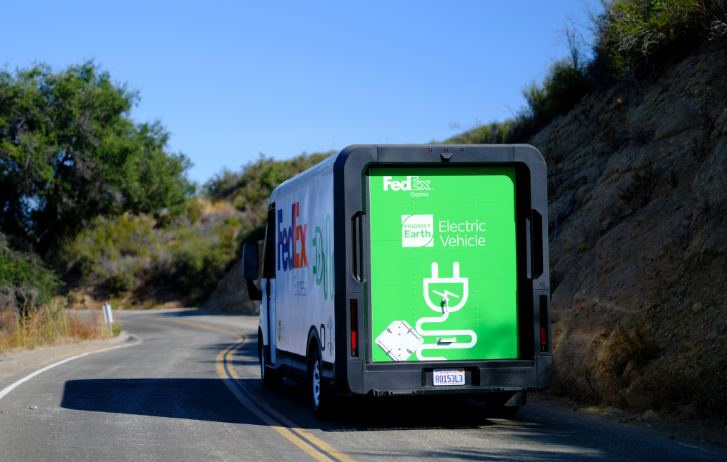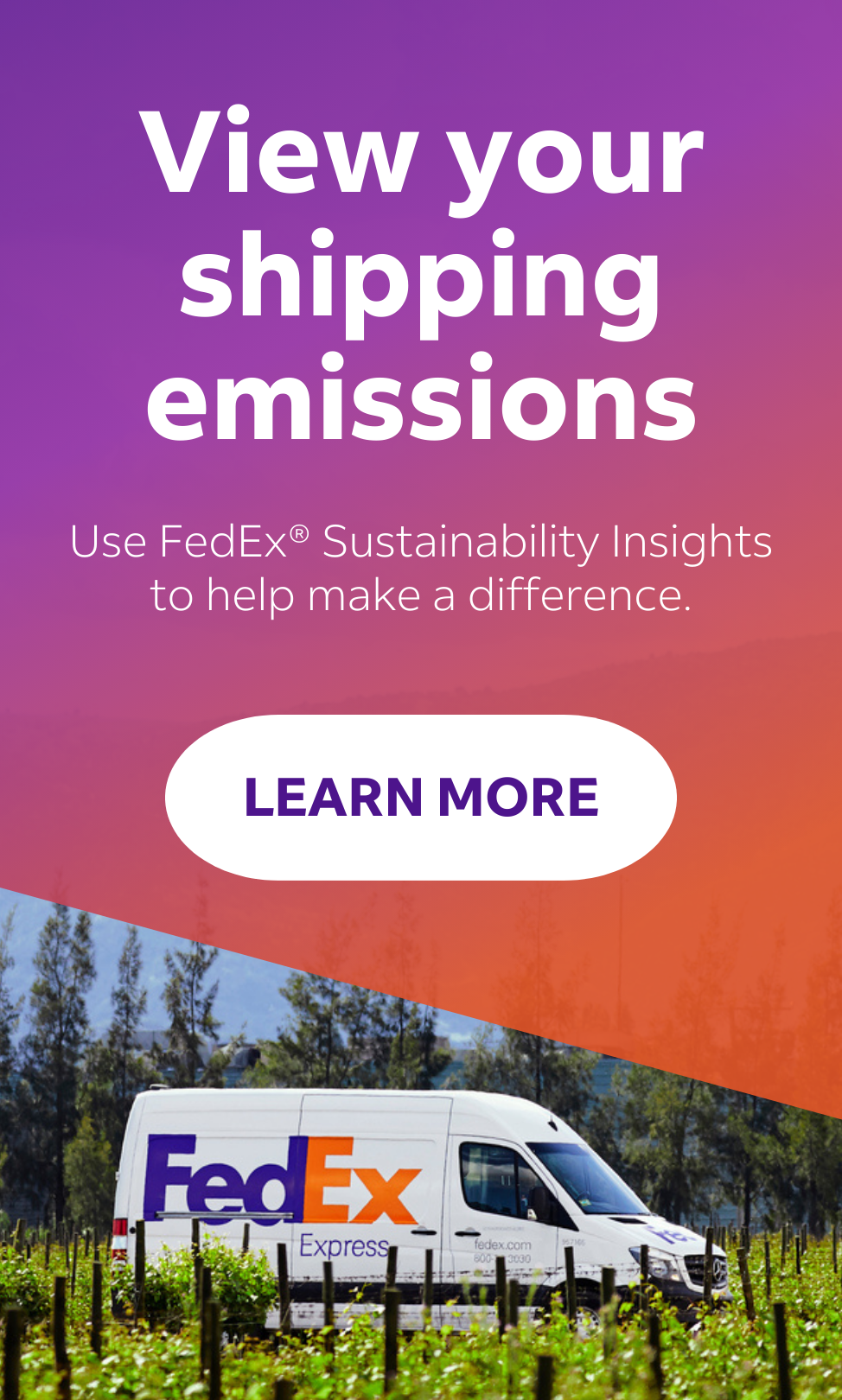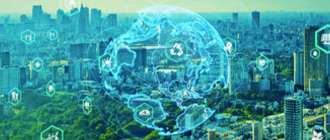
How To Map More Sustainable Ways Of Operating
By FedEx | First published: September 28, 2023 Updated: January 7, 2025
As sustainability policies come under scrutiny, many businesses are seeking more sustainable logistics strategies. At FedEx, we’re using data-driven insights to create better solutions for our customers and the planet.
- Sustainable logistics is of growing interest to businesses and consumers around the globe.
- At FedEx, we’re investing in digital solutions that drive sustainability in shipping and deliver greener options for customers.
- Check out the sustainability initiatives we’re rolling out in Asia Pacific and beyond.
Like many businesses around the world, FedEx is leveraging technology to help solve the sustainability challenge. In the words of our founder, Fred Smith, sustainability is at the center of our business because we know that our future is tied to the climate, the environment and the future of our planet.
By viewing sustainability through the lens of opportunity, growth and profitability, we can connect businesses and communities more effectively. And the advancement of data and AI means businesses today are taking a ‘tech stack’ approach to sustainability solutions. That means finding the right mix of tools and platforms to drive progress towards environmental goals.
As a company built on serving customers, we’re prioritizing ways to pass on sustainable solutions to our customer base. Check out some of our key sustainable logistics solutions below:
Where technology and sustainability meet
AI helps us explore new possibilities in operational efficiency. In markets like Singapore and China, AI-powered robotic sorting arms can sort FedEx packages using automation to streamline work in our hubs. We also use machine learning to provide Estimated Delivery Time Windows (EDTW). This gives customers in APAC markets like Japan and Hong Kong a target delivery time based on near real-time data.
Many of our customers are now mobile-first, running their business from their phones. Mobile solutions have been key. For instance, Picture Proof of Delivery gives customers the assurance that their package has been delivered to their doorsteps.
Through FedEx Ship Manager Lite, business owners can arrange shipments on their mobile devices without having to print documents at home. WhatsApp notifications also provides customizable delivery options, with direct messaging and tracking for convenience.
Technology is helping us double down on our sustainability commitments
We’re currently on a journey towards carbon-neutral operations, focusing on core initiatives that include vehicle electrification, energy-efficient facilities and infrastructure.
To do that, we need to create a smarter network that is flexible and intelligent not just today, but well into the future. This includes ensuring sustainability is fully aligned with our business strategy. Here are our three key focus areas:
1. Electrification of our fleet
Zero-tailpipe emission EVs will make up 50% of all FedEx owned parcel pick-up and delivery vehicle purchases by 2025, rising to 100% by 2030. More EVs are being deployed across the Asia Pacific region, including China, Thailand, Malaysia, and Singapore.
2. Digital over paper solutions
One thing digital technology is doing is providing paperless solutions that deliver far greater customer convenience. With millions of packages in the FedEx system every day, minimizing paper usage makes a difference. With Electronic Trade Documents, customers can submit information essential for customs clearance digitally. This means there’s no need to attach printed paperwork to each shipment, reducing the risk of delays at customs.
3. Making facilities more sustainable
Many recently built or upgraded facilities in APAC - such as our Clark Gateway in the Philippines, Incheon Gateway in South Korea and Australia’s Adelaide Gateway - incorporate multiple layers of sustainability features. These range from construction materials to lighting, ventilation, insulation, water recycling, and renewable power generation. Our Incheon Gateway, for example, generates 19% of the facility’s monthly energy needs via 2,400 rooftop solar panels. With company-wide initiatives like these and more in the pipeline, we can progress toward achieving carbon-neutral operations by 2040.
Our FedEx shipping emissions tool empowers customers to track their carbon impact
One of the biggest breakthroughs in how we work with customers has been the launch of FedEx Sustainability Insights across APAC markets. This tool gives FedEx customers better visibility into their estimated shipping emissions at both package and account levels, helping them better understand their shipping patterns and promote more sustainable logistics.
We’re living through a time when sustainability is a core strategic consideration for businesses. It’s a driver of innovation, and attracts top talent as well. Addressing climate change is bigger than one business, and we must all work together on shared policy and innovative solutions for our planet
***
A version of this article appeared in Forbes Asia on September 8, 2023.
SHARE THIS STORY
- 8 Most Unusual Shipments In The History Of FedEx
- The Rise Of Intra-Asia Trade: Opportunities In The China-Southeast Asia Corridor
- Southeast Asia: The Next Manufacturing Powerhouse?
- How To Make Freight Shipments Work For Your Small Business
- Where Do Old Planes Go When They Retire?
- How To Ship A Giant Panda
Sign up now and save on your shipping rates!
Sign up now and earn discounts by shipping instantly with FedEx Ship ManagerTM at fedex.com.
Recommended For You
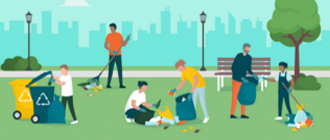
4 Ways SMEs Can Build More Sustainable Communities
Small businesses play a vital role in driving growth and innovation throughout Asia Pacific and globally. Here’s how they can contribute.
Read More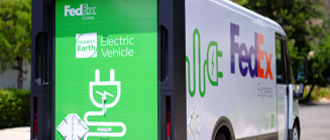
How EVs Are Driving Towards A More Sustainable Future
Driving towards our goal of achieving carbon neutral operations by 2040, we’ve been busy testing and deploying zero-emission electric vehicles.
Read More
A Blue Planet: Marine Conservation In Asia Pacific
By helping conserve marine life and combat environmental threats, we can all play a part to help preserve our blue planet for future generations.
Read More
